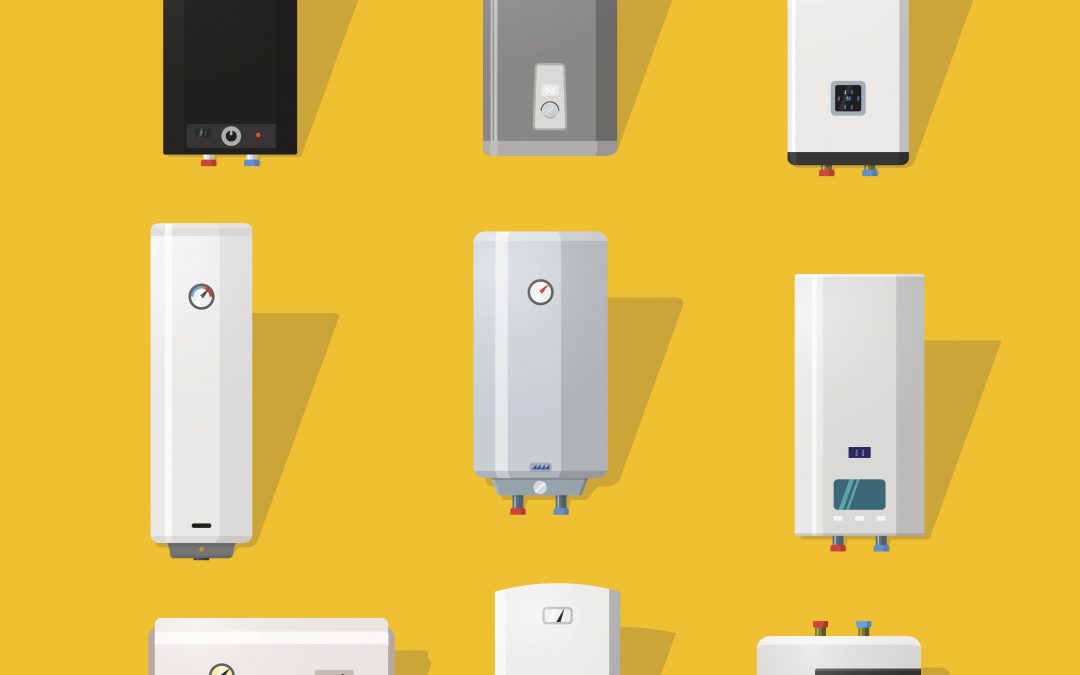Although furnaces and boilers share the same purpose, they provide heat using vastly different methods. A boiler heats water that is circulated through pipes to radiators or a baseboard heating system. A furnace heats air that’s blown through air ducts.
Furnaces and boilers both can use natural gas or electric coils to generate heat, but which system is right for you? The best way to answer that is to know the differences.
Heating Process
Boilers heat through a process called Hydronic Radiant Heating. During this process, water or steam is heated and circulated through small pipes to radiators or baseboards that warm the space with heat waves. As the water cools, it’s returned to the boiler to be heated again.
Furnaces heat using a different process. Forced-Air Heating is when air is blown past a heat exchanger which warms the air as it travels through the air ducts to be distributed throughout the building.
Other Differences
Boilers are typically considered cleaner and better for air quality since they don’t dry out the air or spread dust and allergens. They also tend to be more energy efficient than furnaces because they supply steady heat with consistent temperatures and better zone control.
Furnaces can often reach higher temperatures than boilers. They may require more attention when it comes to maintenance, but furnaces are generally more affordable to have serviced due to inexpensive parts.
When deciding what system to use for your building, consider these differences. Is there a system installed that you’re looking to replace? If there are ducts already installed (either from a previous furnace system or the current air conditioning system), a furnace is usually going to be easier to install. But if you’re unsure and would like to evaluate your options, speak with your HVAC Specialist about the most efficient and effective way to heat your building.

